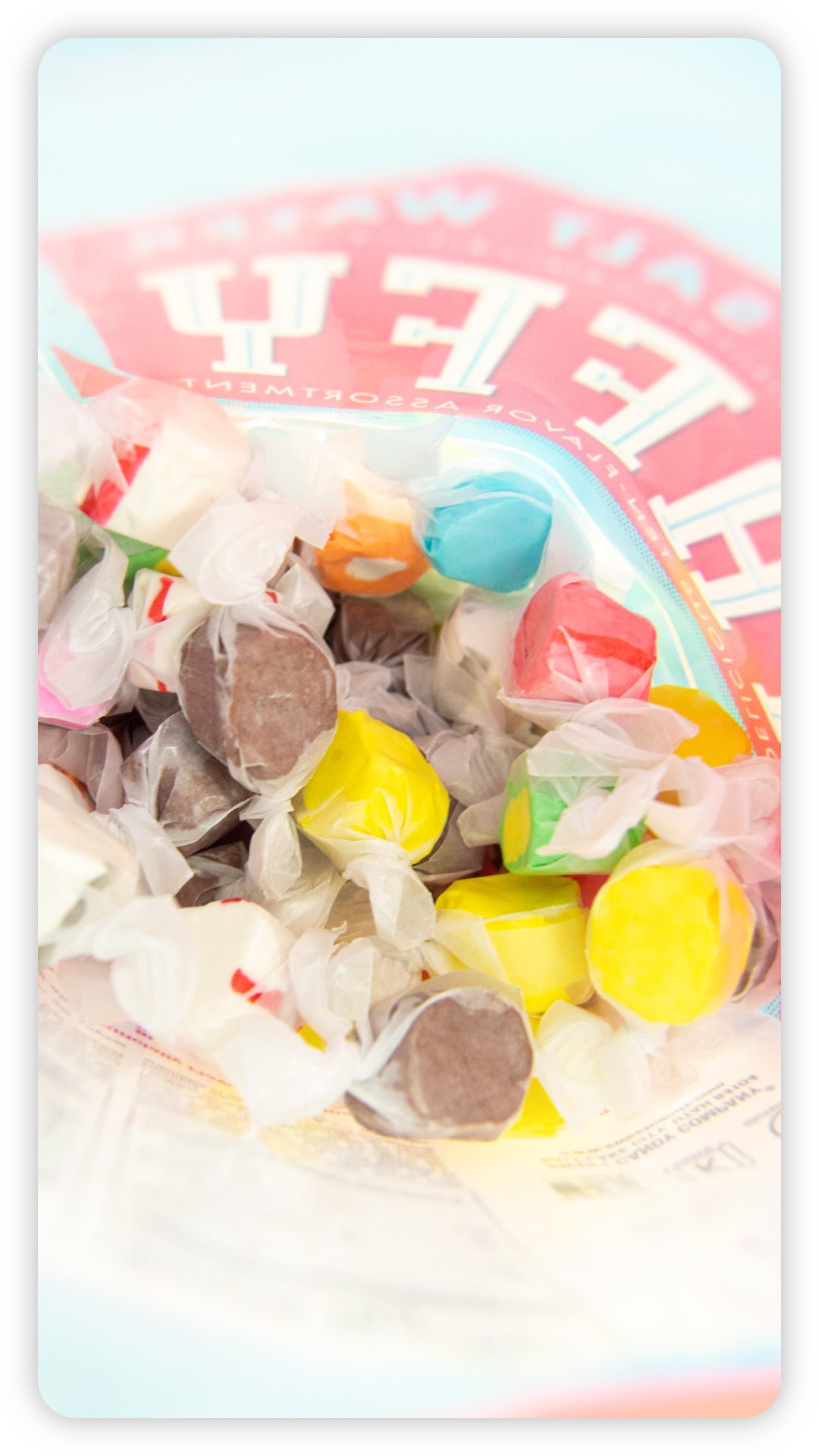A Biased View of I Luv Candi
A Biased View of I Luv Candi
Blog Article
The 8-Minute Rule for I Luv Candi
Table of Contents10 Simple Techniques For I Luv CandiThe Buzz on I Luv CandiI Luv Candi Things To Know Before You BuyThe Best Guide To I Luv CandiI Luv Candi for Beginners
You can also approximate your very own profits by using various assumptions with our monetary strategy for a candy shop. Ordinary regular monthly earnings: $2,000 This kind of sweet store is often a little, family-run business, possibly recognized to citizens yet not drawing in large numbers of vacationers or passersby. The store may offer a choice of usual candies and a couple of homemade deals with.
The shop does not normally lug uncommon or pricey products, focusing rather on budget-friendly treats in order to maintain regular sales. Thinking an ordinary spending of $5 per consumer and around 400 consumers monthly, the monthly profits for this sweet-shop would be roughly. Ordinary month-to-month profits: $20,000 This sweet store take advantage of its strategic location in an active metropolitan location, drawing in a multitude of clients looking for pleasant indulgences as they shop.

Along with its varied sweet option, this store could additionally market related items like present baskets, sweet bouquets, and novelty items, offering multiple income streams. The store's location requires a greater allocate rent and staffing yet results in greater sales volume. With an approximated typical spending of $10 per client and about 2,000 consumers per month, this shop can produce.
Some Known Facts About I Luv Candi.
Located in a major city and tourist location, it's a large facility, usually topped multiple floorings and possibly component of a national or worldwide chain. The shop uses a tremendous selection of candies, consisting of exclusive and limited-edition items, and product like branded garments and accessories. It's not simply a shop; it's a destination.
The operational costs for this kind of shop are significant due to the location, size, staff, and features used. Presuming a typical purchase of $20 per consumer and around 2,500 consumers per month, this flagship shop might accomplish.
Classification Instances of Expenditures Ordinary Monthly Price (Variety in $) Tips to Decrease Expenses Lease and Utilities Shop lease, electrical power, water, gas $1,500 - $3,500 Take into consideration a smaller area, work out lease, and utilize energy-efficient lights and home appliances. Stock Sweet, snacks, product packaging products $2,000 - $5,000 Optimize stock monitoring to reduce waste and track popular products to avoid overstocking.
The I Luv Candi Ideas
Advertising And Marketing and Advertising and marketing Printed matter, on-line ads, promos $500 see page - $1,500 Concentrate on cost-efficient electronic marketing and make use of social networks systems free of charge promo. Insurance policy Company liability insurance coverage $100 - $300 Look around for competitive insurance rates and consider packing plans. Tools and Maintenance Cash money signs up, display racks, fixings $200 - $600 Buy secondhand tools when feasible and perform regular upkeep to prolong equipment life expectancy.

This implies that the sweet shop has actually gotten to a point where it covers all its repaired expenses and begins producing income, we call it the breakeven factor. Think about an example of a sweet shop where the monthly set prices normally amount to approximately $10,000. A harsh price quote for the breakeven point of a candy shop, would after that be around (since it's the total set price to cover), or selling in between with a price array of $2 to $3.33 per device.
The I Luv Candi PDFs
A large, well-located candy store would obviously have a greater breakeven factor than a tiny shop that does not require much earnings to cover their expenses. Curious regarding the profitability of your sweet-shop? Check out our straightforward economic strategy crafted for candy shops. Merely input your very own presumptions, and it will certainly aid you calculate the amount you require to gain in order to run a rewarding organization - spice heaven.
One more risk is competition from other sweet-shop or bigger merchants that could use a broader selection of items at lower rates (https://tinyurl.com/ycke8mka). Seasonal fluctuations popular, like a drop in sales after holidays, can likewise affect earnings. In addition, transforming customer choices for much healthier treats or nutritional restrictions can reduce the charm of conventional candies
Lastly, economic slumps that lower consumer costs can affect candy store sales and productivity, making it vital for candy stores to handle their costs and adapt to changing market problems to remain successful. These dangers are frequently included in the SWOT evaluation for a sweet-shop. Gross margins and web margins are vital indications made use of to determine the profitability of a sweet store business.
5 Simple Techniques For I Luv Candi
Essentially, it's the profit continuing to be after subtracting expenses directly associated to the sweet inventory, such as purchase costs from distributors, manufacturing costs (if the sweets are homemade), and personnel wages for those associated with production or sales. https://padlet.com/iluvcandiau/my-distinguished-padlet-jgthadv3p4y7fnrh. Web margin, alternatively, consider all the expenses the sweet-shop sustains, including indirect expenses like administrative expenses, advertising and marketing, rental fee, and taxes
Sweet shops typically have an average gross margin.For instance, if your candy store earns $15,000 per month, your gross earnings would be approximately 60% x $15,000 = $9,000. Think about a sweet store that offered 1,000 candy bars, with each bar priced at $2, making the complete income $2,000.
Report this page